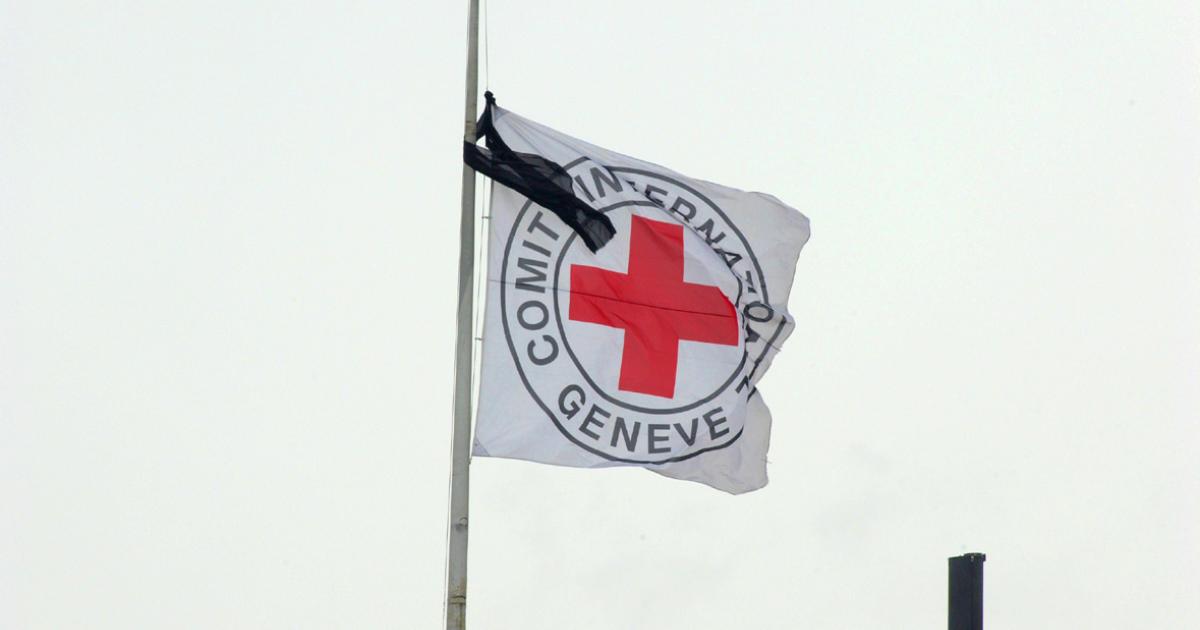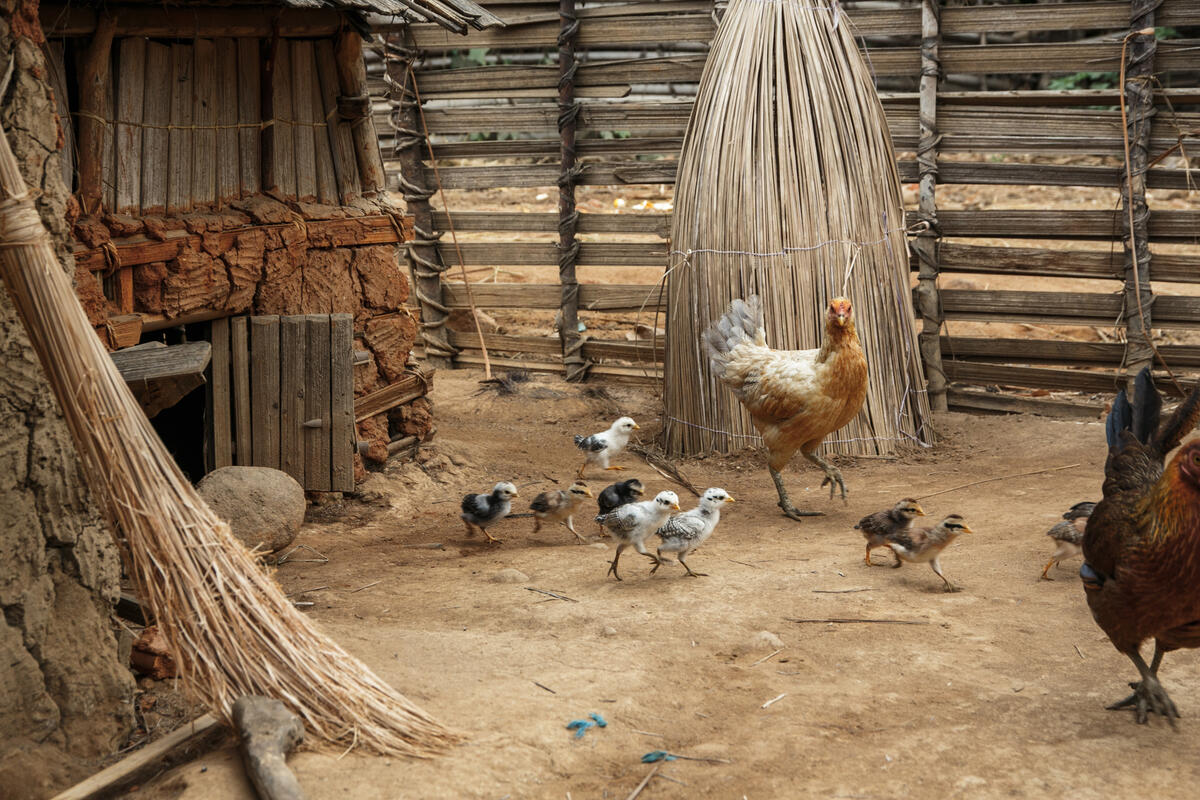In a new study, researchers from North Carolina State University used a computer model to understand how African swine fever (ASF) might spread among swine farms in the southeastern U.S. – and examined the effectiveness of existing response plans. They found that although control actions would help, an outbreak could still prove persistent and costly.
ASF is a highly contagious viral disease in pigs, with a mortality rate that can reach 100%. Additionally, infected pigs may not show symptoms before they die, potentially allowing the virus to spread before it is detected. The cost of a potential ASF outbreak in the U.S. has been estimated at $80 billion.
The researchers used an epidemiological model, called PigSpread, to look at the different ways a potential outbreak in the southeastern U.S. could unfold. The PigSpread model evaluates six transmission routes including between-farm swine movements, vehicle movements, and local spread, to model the dissemination of ASF.
The infection data used in this model came from the Morrison Swine Health Monitoring Project. Location, production type, capacity, between-farm swine movements and vehicle movement data from 2,294 swine farms in the southeastern U.S. was collected from collaborating swine production companies and was also fed into the model.
The researchers simulated the course of infection both with and without control strategies, varying the starting point of the outbreak. Overall, they ran approximately 230,000 different simulations, with each simulation occurring over a 140-day time period. They then averaged the results.
Between-farm movements accounted for 71% of disease transmissions in the model, with local spread and vehicular transmission both contributing about 14% each.
“The main route of transmission is of course moving animals between farms, but vehicles and local spread are also important in an outbreak scenario,” says Gustavo Machado, assistant professor of population health and pathobiology at NC State and corresponding author of the work.
“Local spread refers to wildlife movements, sharing farm equipment, or visitors who may have contaminated footwear or clothing,” Machado says. “But one very important variable here is vehicular transmission. This dissemination route has never been studied at a large scale, but here it has shown to be pivotal in disease spread.”







